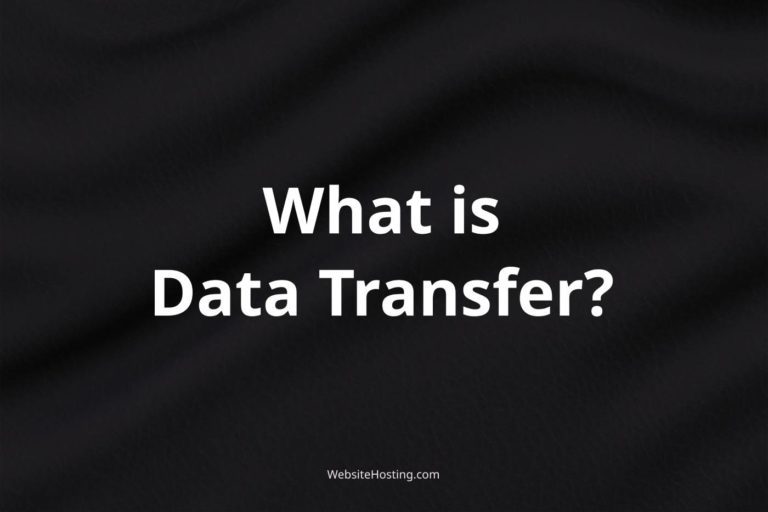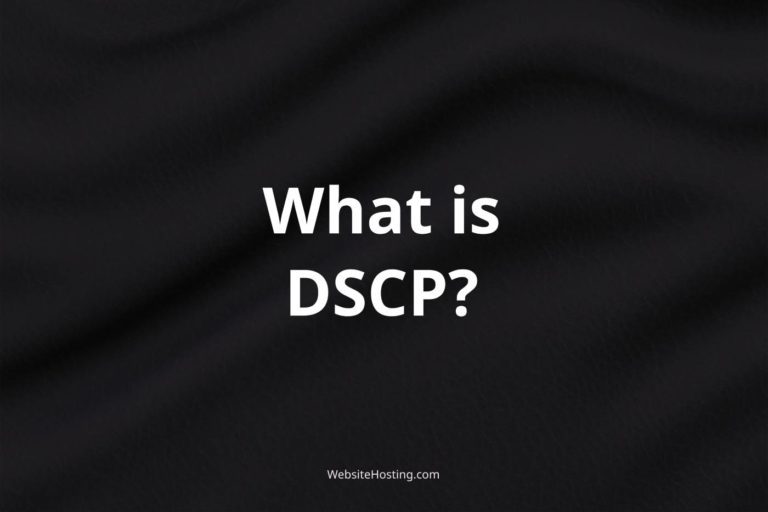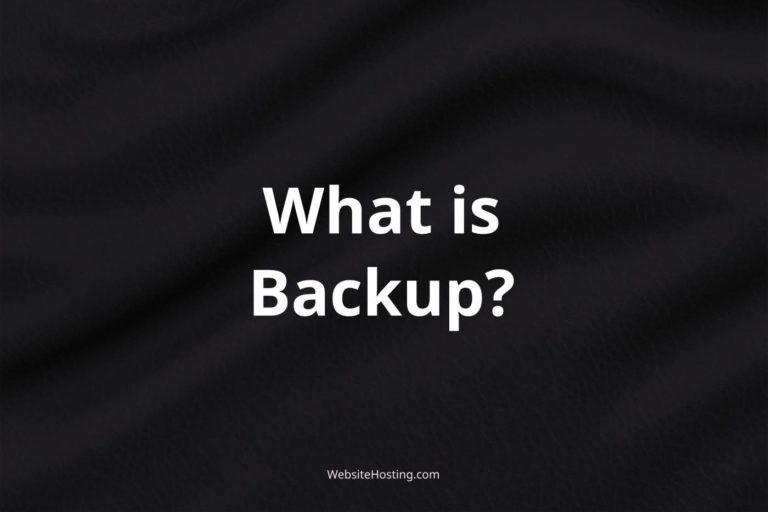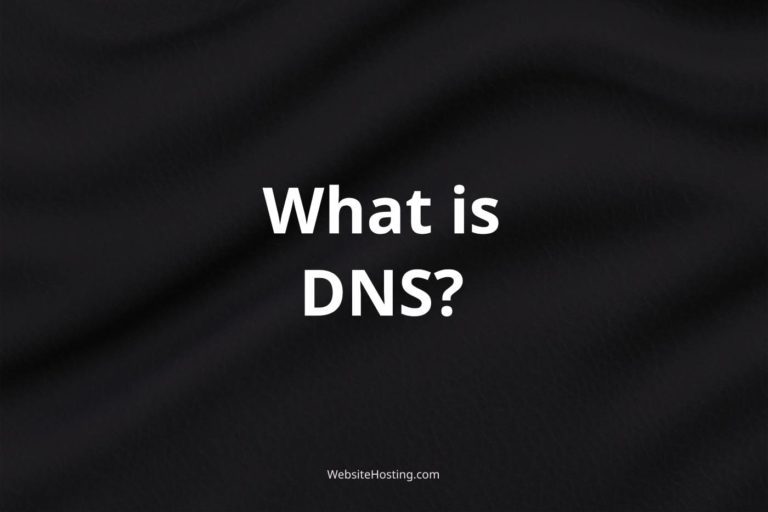When it comes to web hosting, one term you may encounter is IXP, or Internet Exchange Point. But what exactly is an IXP, and why does it matter for your web hosting? Let’s explore the concept of IXP, its benefits, and how it impacts your website’s performance.
What is an IXP?
An Internet Exchange Point (IXP) is a physical location where different internet service providers (ISPs) and networks connect and exchange traffic. Instead of transmitting data over long-distance networks, ISPs can exchange traffic locally, which can result in faster and more efficient data transmission.
Why is an IXP important for web hosting?
When a web hosting provider uses an IXP, it can help ensure that data is transmitted quickly and efficiently. This is because an IXP can reduce the number of “hops” data needs to make between networks, resulting in lower latency and faster speeds. Additionally, using an IXP can help reduce the risk of network congestion or bottlenecks, which can impact website performance.
What are the benefits of using an IXP for web hosting?
Using an IXP for web hosting offers several benefits, including:
- Faster speeds and lower latency
- Improved network reliability and uptime
- Better network performance during high traffic periods
- Lower costs for network transmission
- Improved security by reducing the need for data to travel over long-distance networks
How can I tell if my web hosting provider is using an IXP?
Some web hosting providers may advertise if they are using an IXP, but it may not always be easy to determine. You can check a provider’s network status page or ask their support team directly to see if they are using an IXP. Some providers may use a mix of IXPs and other network solutions, so it’s important to clarify which network is being used for your specific hosting plan.
Related terms:
- Peering
- Backbone network
- Network traffic exchange
- Data transmission
- Network latency
- Network congestion
- Uptime
- Bandwidth
- Network performance
- Internet service provider (ISP)
Related brands:
- Equinix
- DE-CIX
- AMS-IX
- LINX
- Netnod
FAQ:
What is the difference between an IXP and a Tier 1 network?
An IXP is a physical location where ISPs and networks connect and exchange traffic, while a Tier 1 network is a backbone network that can reach every other network on the internet without having to pay for the privilege. Both can offer benefits for web hosting, but they serve different purposes.
How does using an IXP impact website performance?
Using an IXP can result in faster speeds, lower latency, and improved network performance during high traffic periods, which can all contribute to better website performance.
Can using an IXP reduce the risk of network congestion?
Yes, by reducing the need for data to travel over long-distance networks, using an IXP can help reduce the risk of network congestion or bottlenecks.
Are there any downsides to using an IXP for web hosting?
One potential downside is that using an IXP may require additional costs or setup time compared to using other network solutions. Additionally, if an IXP experiences issues, it could potentially impact the provider’s network performance and uptime.
Can a web hosting provider use multiple IXPs?
Yes, some web hosting providers may use multiple IXPs to balance costs and performance. It’s important to clarify with the provider which network solutions are being used for your specific hosting plan to understand how it may impact your website’s performance.




